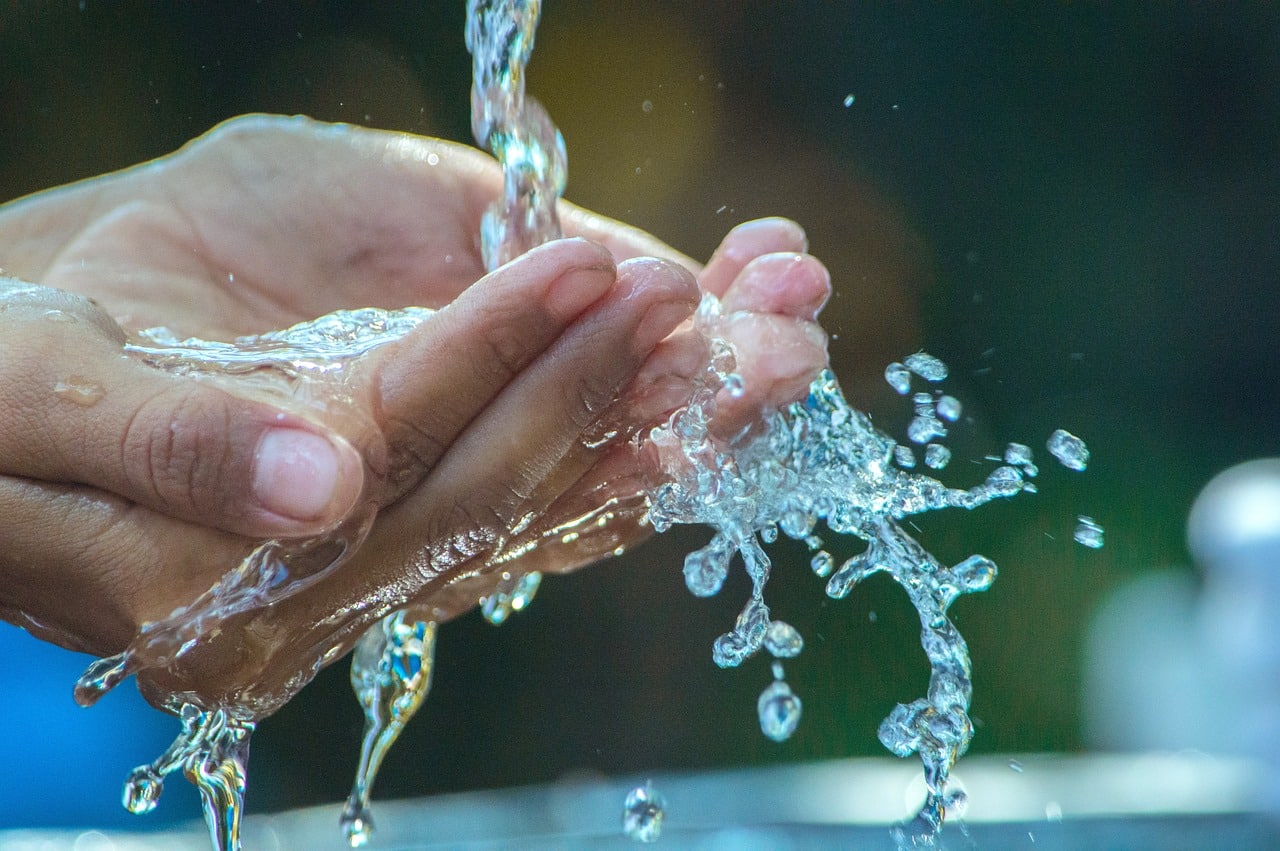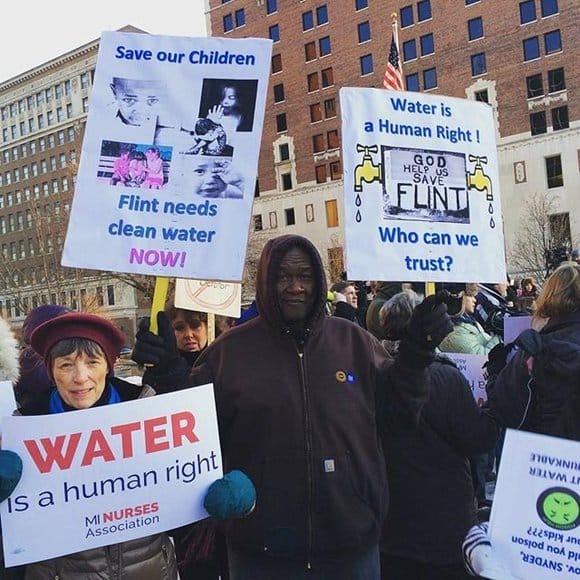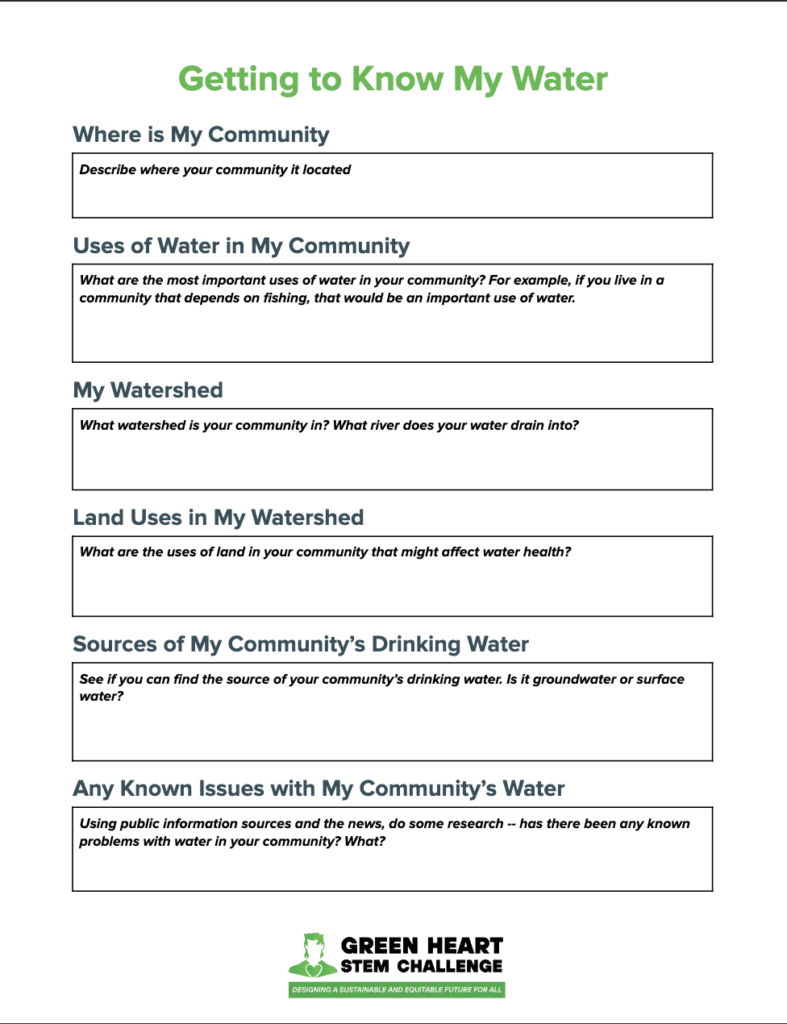
There sure is a lot to think about next time you pour a glass of water! How can you know what is in your water? And if there is something in your water that shouldn't be there, how can you address it? That is the point of this Green Heart STEM Challenge! To figure out if there is a problem with your or your neighbors' water resources, and to design a solution to make a positive change.
To clarify, we have talked a lot about drinking water, but the water most important to your community could be surface water for fishing or swimming. It could be the SOURCE of your drinking water -- an aquifer or a nearby river or lake.
Your Community & Water Use
Before you can focus on water resources in your community, you need to define your community! Where do you live? Who lives in your community? What are the most significant uses of water in your community?
Your Watershed
To understand your water and what might be affecting the health of your water, you first need to know what watershed or basin you live in. Remember, your watershed is the land that surrounds your water bodies. What happens on that land will likely affect what substances are in your water, and will give you a clue about what you should be looking for. Watersheds or drainage basins are defined at different scales or sizes -- in other words, a large watershed contains several smaller watersheds.
Land Uses in Your Watershed
How is land being used in your community and watershed? Answering this question will give us clues about potential substances that might be affecting your community's water supply. For example, if your watershed contains a lot of farmland, we might want to check for nutrient pollution from animal manure and fertilizers and potential chemical pollution from pesticides. If your watershed is more urban, we might want to keep an eye out for more toxic pollutants, water temperature, etc.
Your Drinking Water Source
Regardless of how you defined your community's primary use of water, it's also important to know where your drinking water comes from. Some communities get their water from a public utility where water is treated at a plant and distributed to houses. Those utilities might draw water from a well or from a nearby water body. Other communities rely on wells to get drinking water directly from the ground. See if you can figure out where you get your drinking water from.

Known Problems with Your Water
Has your community experienced problems with water quality or contamination in the past? Understanding what has happened over time may also provide some clues about current problems. But not all problems are known! For example, the problems with 'forever chemicals' are still being understood. But knowing what has happened in the past will help us understand challenges today.
Environmental Injustice?
Asking the question of whether environmental injustices are present can be a little more difficult because it requires looking at all of the pieces together and asking questions like:
- Who was most affected by this problem?
- Were the people most affected aware of the situation?
- Did the people most affected have power in the situation?
- Have the people who were most affected historically been discriminated against? Is this incident part of a pattern?
There are some tools we can use to identify where incidents of environmental injustices are likely to occur based on the income level and racial make-up of a community, and whether they are located close to environmental hazards like factories, contaminated waterbodies, old mines and landfills, etc.

Your Focus
Based on everything you have researched about your community's water so far, is there a particular issue, problem, or potential threat to your water that your team wants to focus on?


